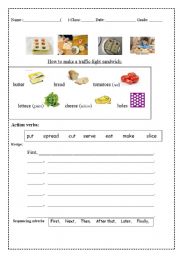
|
How to make a Traffic Light Sandwich
Students to use the verbs and adverbs given to describe a sequence of events.
Level: intermediate
Age: 7-11
Type: worksheet
Downloads: 7
|
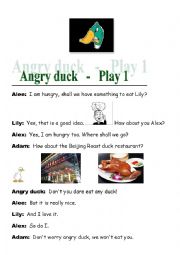
|
Angry Duck 1 - Play
This is a simple play about food. There are five characters and the gender does not matter.
Level: intermediate
Age: 8-14
Type: others
Downloads: 5
|
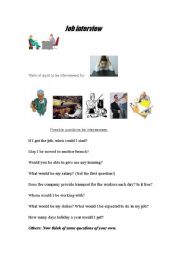
|
Job Interview Role-play
It is sometimes good to have two interviewers questioning one interviewee by taking turns. Later they can practise without the papers.
Level: advanced
Age: 12-17
Type: others
Downloads: 3
|
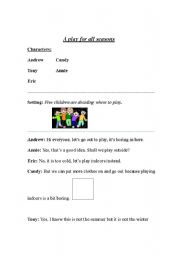
|
A Play for All Seasons
A simple play about the changing weather for five children.
(Pictures included)
Level: elementary
Age: 7-10
Type: reading
Downloads: 4
|
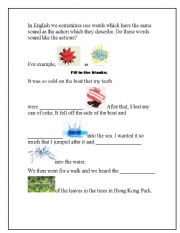
|
Onomatopoeia exercises
Two pages of onomatopoeia exercises with examples and pictures.
Level: intermediate
Age: 8-17
Type: worksheet
Downloads: 4
|
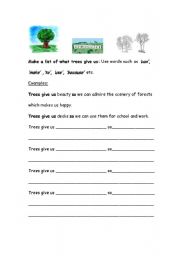
|
What do trees give us?
Write sentences about how trees can help the environment. Some words and examples given to help.
Level: intermediate
Age: 8-14
Type: worksheet
Downloads: 0
|
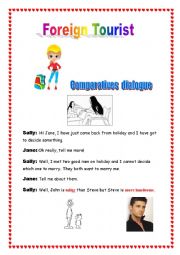
|
Comparatives dialogue
In this dialogue, the readers can use comparatives in every day situations.
Level: intermediate
Age: 13-17
Type: grammar-guide
Downloads: 4
|
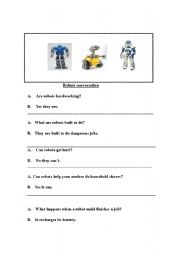
|
What can robots do?
A straight conversation for two older children on robots. What they can do and what they cannot do.
Level: intermediate
Age: 8-11
Type: reading
Downloads: 2
|
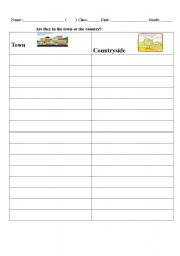
|
Town or Countryside?
Simply categorise the pictures with the vocabulary on the other sheet(which you can make the back).
Note. There are more country items on the sheet.
Level: elementary
Age: 6-9
Type: worksheet
Downloads: 7
|
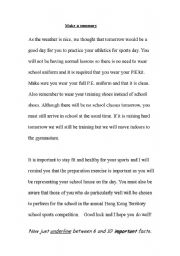
|
Make a summary
The students are to try to condense the original letter into less than half its size. This is to be done by just picking and using the most important points.
Level: advanced
Age: 12-17
Type: worksheet
Downloads: 0
|